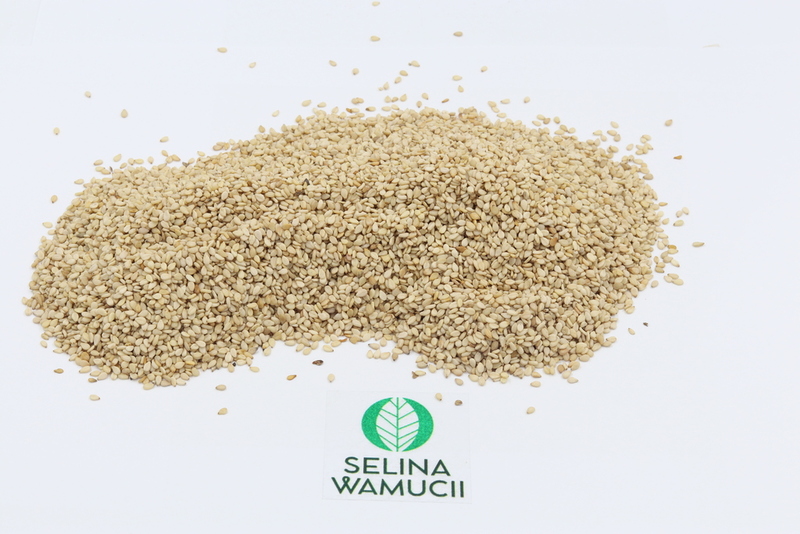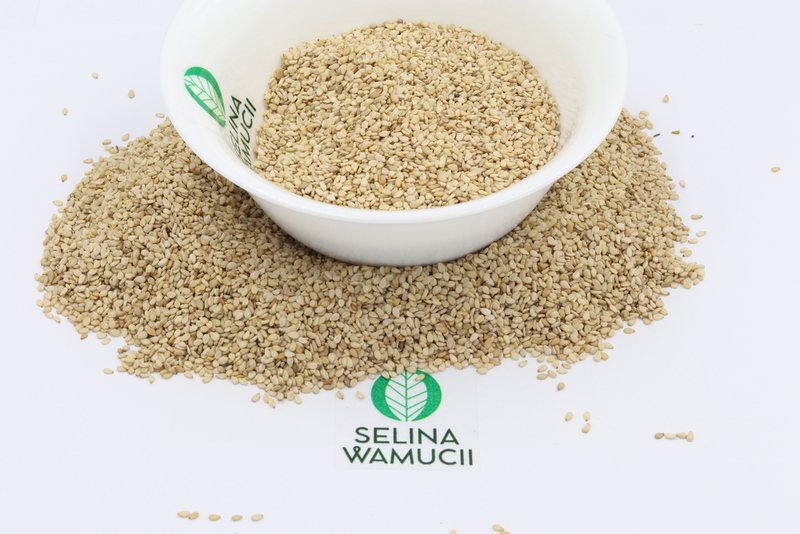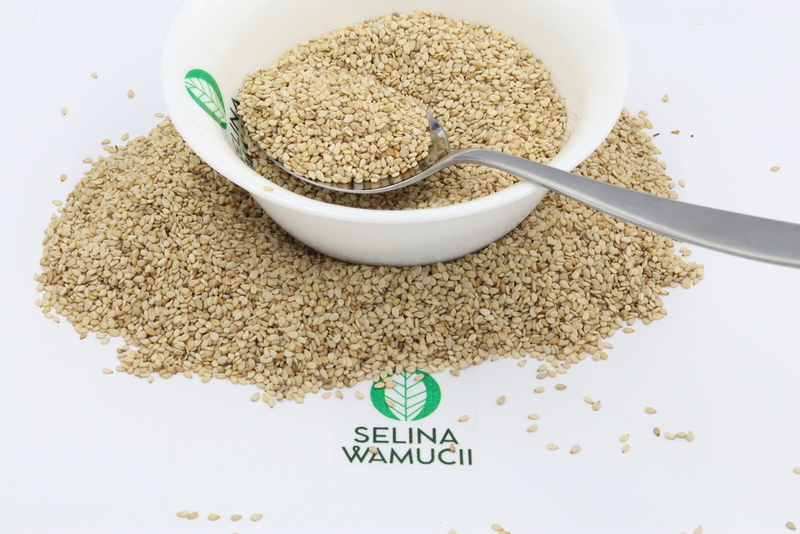Buy Ethiopia Sesame Directly From Exporters & Suppliers - Best of 2024 Market Prices
Get Instant QuoteEthiopia sesame is the country’s most important oilseed in both local and export markets. The nation mostly exports the produce in whole, raw form.
Overview
Ethiopia sesame seeds rank as the number one oilseed in the horn of Africa country in production margins. With a 2017 monetary conversion of $388.6 million, Ethiopia sesame ranked only second to coffee as the biggest agricultural export from the nation. By 2018, the figure had climbed to $449 million. In 2010, some 0.62 percent of all farmed land in Ethiopia was under sesame. In concrete figures, this amounted to 73.6 thousand hectares. Globally, the country is among the top ten producers, a prestige that has occasioned the phrase that ‘Ethiopia has the best sesame seed in the world.’
The history of sesame is not clear but some source point to the Horn of Africa, primarily Ethiopia. For generations long after the formation of Abyssinia in the late first millennium B.C., Ethiopians have grown the crop for both its oil and seed. Modern farming is conducive because of the climatic diversity within the country, which promotes the trial of new cultivars.
Production Centers
Sesame production in Ethiopia takes place in Gambella and the southern regions. The farmers of Humera, and Welkayit in the Tigray region practice sesame cultivation as a primary livelihood.
The other areas include Benshangul Gummuz and Tigray. Amhara is the most representative production zone in the northern parts of the country. The family growers from this region come from mainly Metema as well as Wollo zones.
Production Capacity
Though a national crop, Ethiopia sesame is still underutilized. Production margins could be better than the current 730 kilograms-per-hectare. The state is procuring more arable land and recruiting farmers to grow new drought-resistant varieties.
Forms of Exported Seeds
Raw sesame is the main exported form of the pulse. It comes in two forms, however that includes:
- Not broken seeds: these constitute nothing but clean, intact pieces.
- Broken seeds: these are usually fragmented but still wholesome in content.
Sesame Varieties
Sesame varieties in Ethiopia go up to 14 distinct types. The most famous two include Wollega and Humera-1. Sesame humera is a key crop in the western parts of Tigray. It has the highest oil content of between 54 and 56 percent. Its seed coat is white or ashen-colored. It requires just 600 to 100 mm of rainfall annually to thrive. Wollega, on the other hand, meets the same oil capacity yield and is therefore great for oil production. It also makes tahini paste.
Other primary Ethiopia sesame seeds include:
Adi: this is the produce of the Shebelle River and Awash Valley. It is drought resistant, white-colored and with an oil yield of 42 to 48 percent.
Kelafo-74: this variety survives in low altitude areas of below 500 meters above sea level. It is dark-colored and has an oil yield of 42 to 46 percent.
Obsa: it ranks among Ethiopia sesame seeds with the highest oil content of 52 to 54 percent. It is the produce of the Welega region. It requires a moderately high altitude at 1250 to 1650 above sea level. Its color is creamy tan.
Seasonality
The primary season for Ethiopia sesame is at the onset of June when planting begins. Sesame maturity is dependent on the climatic patterns: in irrigated areas, this may take up to 105 days while in rainy parts the picking time can be as early as 90 days. The harvest in Ethiopia is usually at the start of the Ethiopian autumn around October through November.
In a nutshell:
May to June-planting begins.
October to November-the peak harvest starts.
Harvesting & Cleaning
A typical harvest of Ethiopia sesame seeds begins just after the most significant portion of the pods has changes color from green to brownish yellow. The workers slash the plants at the base and convey the pods to the threshing point in baskets. The removal of the sesame seeds takes place either by rolling pins over two tarpaulins containing the seeds or by mechanical threshing. The pieces then go to the cleaning tank. Depending on whether the seeds are required broken or not broken, the workers can decide to collect only the kernels that sink or even the floating broken ones. For thorough cleaning, the use of soft brushes to remove any deep-seated dirt is also a recommendation.
Processing Sesame Oil
Ethiopia also exports sesame oil. The processing begins after a second bout of washing the already clean seeds. The follow-up step is that of roasting the content at mild temperatures to bring the moisture to less than 12 percent.
The Ethiopia sesame kernel roast with its nutty smell then goes through cold-pressing. The kernels are first ground into solid particles. The pieces then pass under a rolling device that crushes or homogenizes them into cakes. The crushing also makes the oil to drip from the cakes. After several repetitions, the pale yellow or sometimes brown liquid is ready for collecting. Otherwise, it may go through the optional step of filtration to remove impurities.
Packing & Export
Ethiopia sesame goes into the export market in two packed forms. The first one is raw broken or not broken seeds available in gunny bags. The second one is that of oil. It is usually marketed in tin or PET bottles and at other times cantor containers. The basic unit is 250 ml, 1 l, and 15 l.
The export timing of Ethiopia sesame is an annual event at the Ethiopia Commodity Exchange (ECX). The bulk of raw sesame in the course comes from the Humera region. This is home to the humera-1 variety. Shipping is by air from Addis Ababa.
Storage Advice
The optimum storage temperature for sesame seeds is around 18 degrees Celsius. The kernels ought to be quite clean and free of dirt to extend their shelf life. Other pinpoint storage requirements include;
- 6 percent moisture content. This is why drying is essential.
- Relative humidity of 50 percent.
- A cool, dry place away from insect infection especially weevils.
If followed to the letter, the seeds can store for up to 60 months unspoiled.
Summation
Therefore, Ethiopia sesame is in a class of its own in both production and popularity terms. In 2014, the country produced 14 percent of the world supplies of the oilseed, a trend that may continue with more government initiatives in the sector. Most world importers go for the raw seeds to make tahini, a culinary product of the oilseed.
Get Instant Quote
Are you a producer of Ethiopia Sesame or other products?
Sign up today for FREE to buy or sell Ethiopia Sesame.





